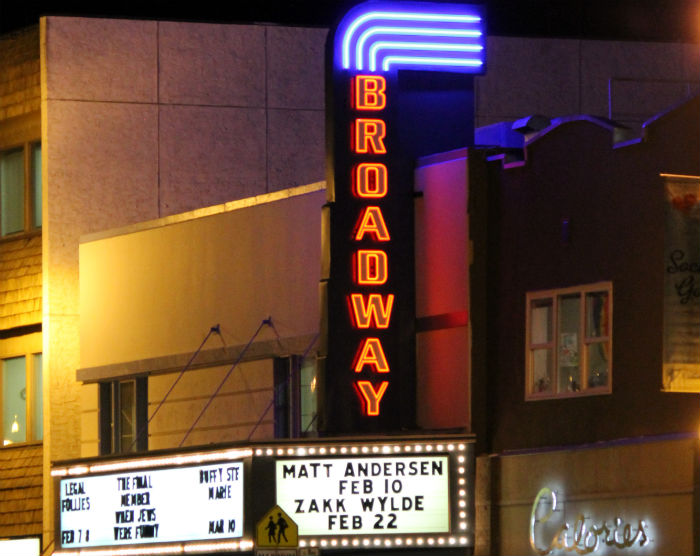In November 2012, the Saskatchewan Government put out a list of 77 changes to the province’s liquor regulations. They ranged from completely new opportunities for businesses to relaxing some of the stricter requirements for operators and vendors. The goal of making these changes was, on the face of it, simple; to encourage new and existing businesses to find new revenue streams. But the unspoken truth is that the changes had a far more understated purpose.
To keep up with the times.
Saskatchewan residents like to drink, there’s no doubt about that. And we seem to love the good stuff as much as the cheap hooch. For all of our love of the liquor, we also like to it hide from each other as evidenced by the prohibitionist roots still pervasive in our contemporary culture. And those roots run deep, back to 1915. It was under the tenure of Premier Walter Scott that the sale of alcohol by the private sector was shut down and replaced with wholesale sales by the provincial government. This prohibitionist mentality gripped Saskatchewan until 1925 when it was abandoned, though the province remained in charge of liquor sales.
These regulations have created limitations in what businesses can apply for in liquor licenses, what types of booze can be sold in the province, and how we even perceive the industries related to alcohol through the media. These limitations were created for the public good in theory and have instead harmed the business growth in practice in the long term.
While other parts of North America have enjoyed a more relaxed stance towards alcohol for years, Saskatchewan has held on to much its old school mentality. It was relatively recent development when micro breweries and off sales came into existence, allowing for options beyond the SLGA stores. A small number of private wine stores were allowed to open with the one in Saskatoon shutting down due to infringements of SLGA rules, something many people questioned at the time.
The November 2012 document represented some of the biggest changes to the government-sponsored anti-liquor mentality the province had seen since prohibition was implemented almost a century earlier. Restaurants are now able to offer the option of bringing your own wine and are no longer obligated to serve food with alcohol. Increased flexibility on regulations for golf courses, sports stadiums, and other such venues has been provided. And other non traditional venues now have the ability to serves alcohol, like salons, spas, and movie theatres.
Which brings us to the Broadway Theatre.
Like our prohibitionist leanings, the Broadway has been a part of Saskatchewan for a long time. It first opened on Broadway Avenue in Saskatoon in 1946 as contemporary movie theatre and performance venue. While it has found its way back to that public standing, the years between have not so kind; there was a period in the late 70s and early 80s that it was an adult movie theatre. Now, it’s a respected venue to watch brilliant independent films, attend fantastic concerts, and experience aspects of modern culture you might not find anywhere else in the city. And now you can drink while you do it.
The Broadway has been serving alcohol for years but only at events like musical performances and not during movie screenings. When the new regulations came into effect, the Broadway was one of first theatres, if not the first, to apply for a license. The nature of the regulation requires that theatres build a separate building for movies that serve alcohol, something Cineplex Odeon is working on in Downtown Saskatoon beside its Galaxy Cinemas. The Broadway was given a special exemption on that part of the regulation as there is no conceivable way the community owned business could afford to build a second venue just to offer alcoholic beverages in. Instead, later shows will be restricted to those who meet the legal age requirements to drink in Saskatchewan.
Most of the movies that play at the Broadway don’t really draw in a crowd likely to be under that age, anyway, particularly at the later shows.
Cineplex Odeon jumping feet first into this is no surprise. Their VIP theatres are already set up in British Columbia, Alberta, Manitoba, Ontario, and Quebec. Notice the gap? These locations feature licensed lounges, specialty food menus, and in-theatre service. The Broadway’s service will naturally be quite a bit different than what Cineplex is offering, as are the movies.
What does this new option mean to the business model of places like the Broadway? Given the nature of the films shown and the clientele that attend on a regular basis, the connection is a logical one. The Broadway’s film offerings are primarily independent, classic, and foreign choices. Sitting down with a glass of wine or a local craft beer to watch a great foreign film makes perfect sense. At Cineplex, I’m pretty sure a glass of wine would not have made Grown Ups 2 any more palatable. A 40 of tequila wouldn’t have fixed that mess.
Ignoring the logical connections, the Broadway had to make this work to remain remotely competitive in the current marketplace. It would be arrogant to assume that there aren’t film goers who watch mainstream films at the Cineplex and indies at the Broadway. To stay on top of its clientele, the Broadway has to take advantage of every option available and liquoring up filmgoers is a good one. If you’re a couple looking for a night out that involves a movie and a drink, offering that option helps keep the Broadway top of mind. Staying ahead of the curve is important, no matter what industry you’re.
That’s why Friday, January 17th was such a key day. It was the day that the Broadway Theatre became the first theatre in Saskatchewan to legally serve alcohol during screenings under the new regulations. It’s a major step forward for businesses in the province as well as maturing our collective point of view on the subject of alcohol.
